microcirculation microscope you are here all infomation
microcirculation microscope you are here all infomation
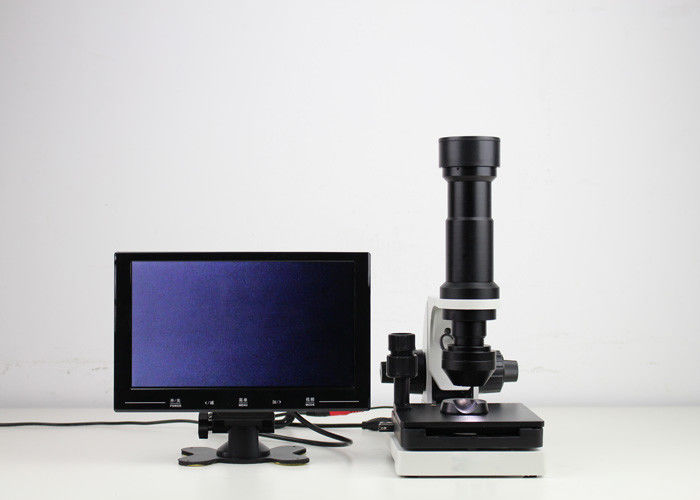
microcirculation microscope you are here
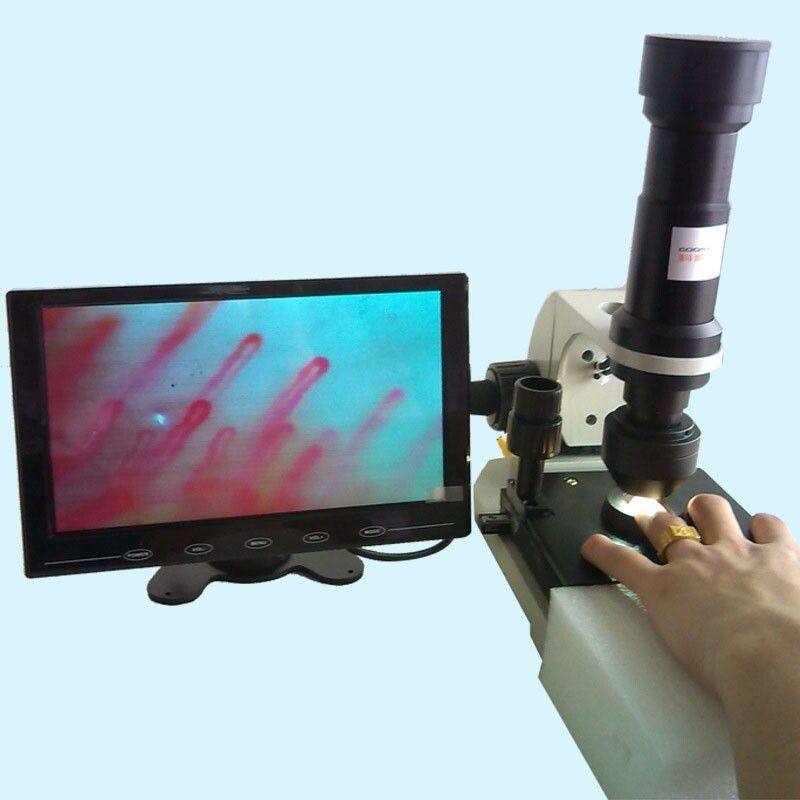
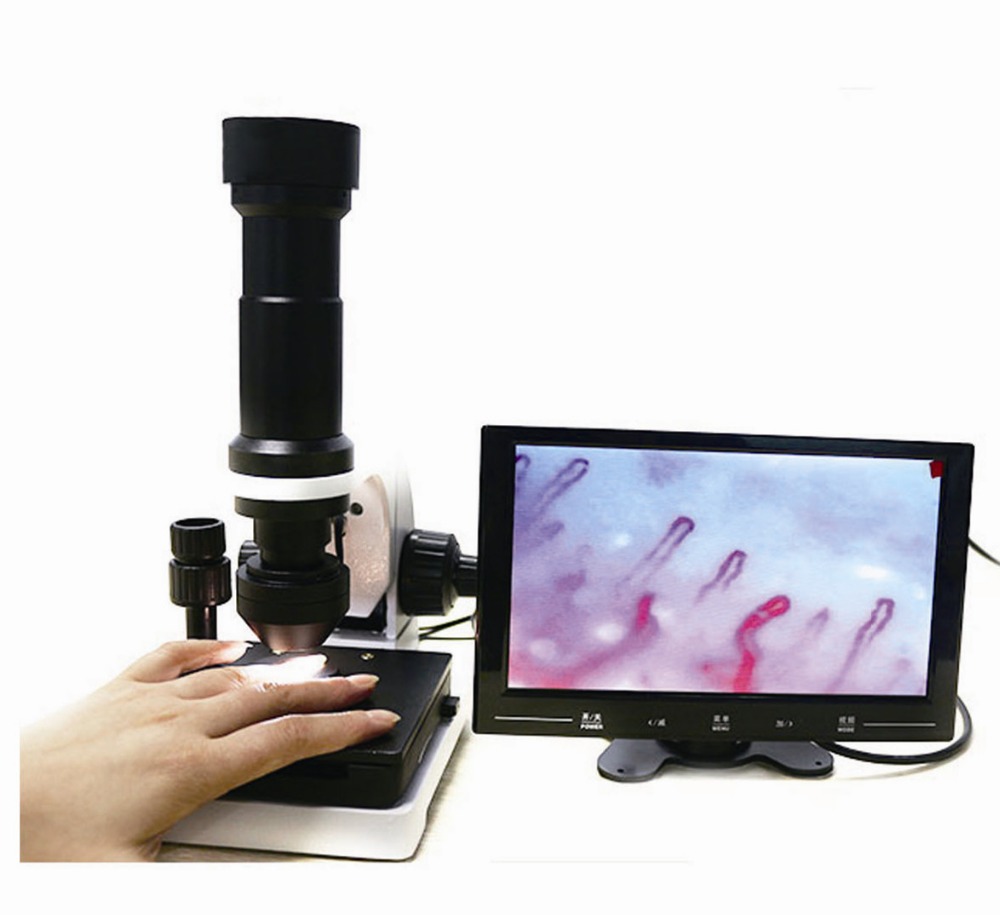
What microcirculation microscope ?
The main functions of the microcirculation are the delivery of oxygen and nutrients and the removal of carbon dioxide (CO2). It also serves to regulate blood flow and tissue perfusion thereby affecting blood pressure and responses to inflammation which can include edema (swelling).
The blood capillaries are where the important functions of the microcirculation take place: the exchange of material between circulation and cells. Capillaries are the smallest of the body’s blood vessels. They are only one cell thick, and they are the sites of the transfer of oxygen and other nutrients from the bloodstream to other tissues in the body; they also collect carbon dioxide waste materials and fluids for return to the veins.
How to Installation and use the nailfold microcirculation microscope?
Insert the Monitor into the microscope.
Plug in 110Vto220 V power supply, and turn on the switch.
Spread a little fragrant pitch on the nail fold of the third finger on left hand and put it in the finger seat, adjust the vertical-horizontal platform to make the nail fold under the objective lens, use the structure of ascent and descent adjustment to adjust the focus until the image become clear.
Horizontally move the Light source to adjust the direction or angle of image on the monitor.
why microcirculation microscope ?
1, In 5 seconds can be observed in the microvascular circulation, simple operation and fast
2, The microscopic image is stable, clear, do not shake
3, 400 times the microcirculation of a dedicated high-resolution lens of the microscope
4, Handheld ultra-lightweight design, so that the observation of more mobility
5, With micro-focus wheel, free to adjust the focus length, the use of more convenience
6, Lens built-in LED cold light source, accurate projection illumination on an object
7, Using non-invasive way, to observe the microcirculation of human body in time
8, Observing the microcirculation for any part of human body
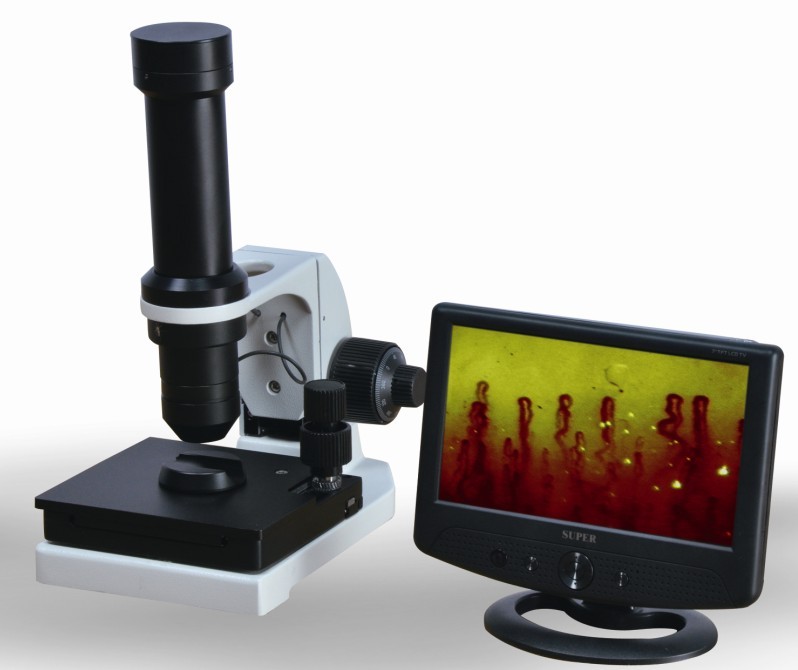
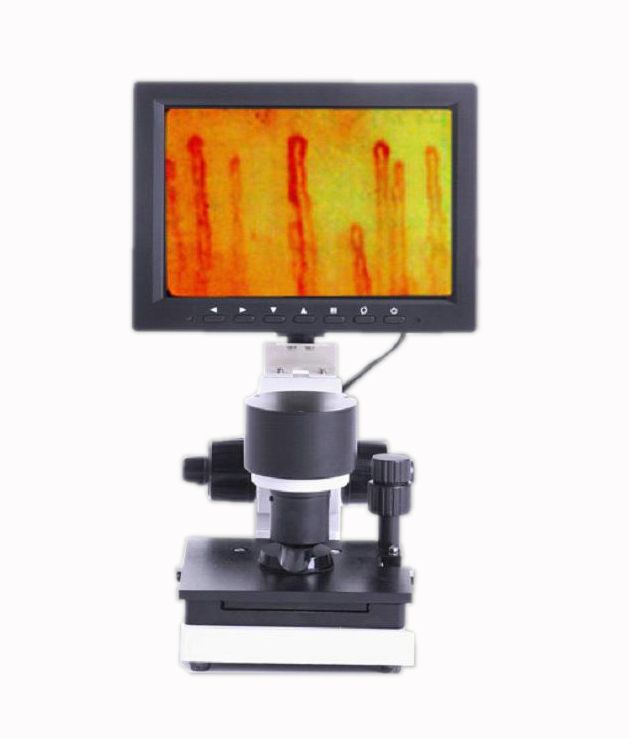
nailfold capillary microscopy in scleroderma
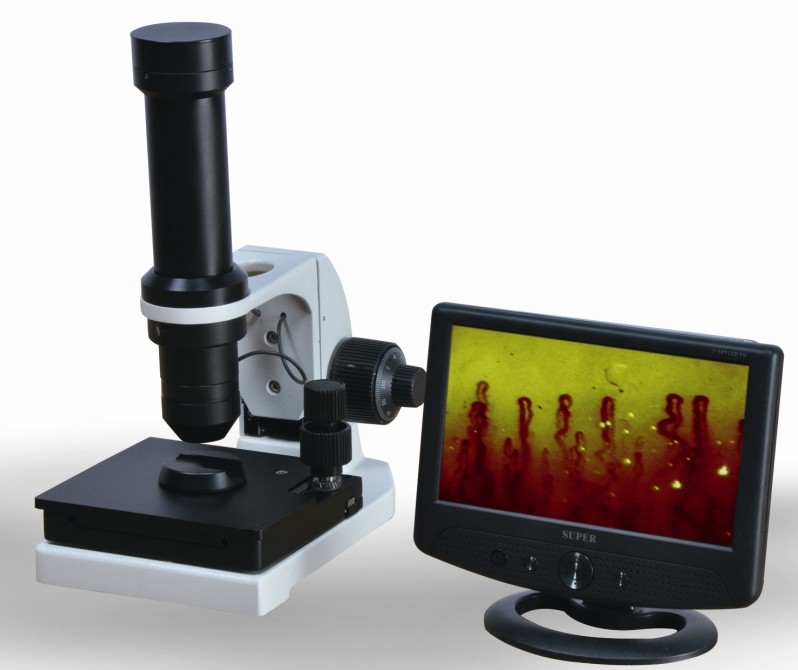
nailfold capillary microscopy scleroderma
where need microcirculation microscope ?
1. nail wall distal microcirculation observation
2. cutaneous distal microcirculation observation
3. tongue microcirculation observation
4.the auricle distal microcirculation observation
5.lips microcirculation observation
6.the other parts of the microcirculation observed
7.sweat glands observed
8.hair follicles observed
9.bamboo charcoal commodity microcirculation efficiency testing
10.far- infrared commodity microcirculation efficiency testing
11. the germanium titanium micro-circulation of goods performance detection
12.ore commodity micro-cycle efficiency detection.
Nail fold Capillaroscopic Findings in Iranian Patients with Systemic Lupus Erythematosus
Background: Systemic Lupus Erythematosus is a progressive autoimmune disease with a wide range of morphological and functional changes in microscopic examination of small blood vessels. Identification of vascular diseases at early stage, plays an essential role in the prevention of its’ vascular complications. Nailfold capillaroscopy (NFC) is a non-invasive, easy, painless, and accurate method for evaluation of microcirculation and could be used for this purpose. The vast majority of studies on capillaroscopy in lupus patients have shown that changes are not specified to lupus –unlike Systemic Sclerosis- and are more likely to overlap with other diseases. Therefore, it was decided to check capillaroscopic changes and evaluate morphological changes and capillary structure in terms of quality and quantity in lupus patients.
Materials and Methods: Nail fold capillaroscopic findings of 114 patients aged 19-75 years old were reviewed in this study. The results were categorized as: a) normal, b) non-specific morphological abnormalities, and c) Scleroderma-like pattern. Results were analyzed qualitatively and quantitatively using SPSS 21 software. “Chi square” test was used to analyze the relationships between variables (P<0.05 was considered significant).
Results: Our results show that Lupus –independent of any other microvascular risk factor can significantly affect the morphology and structure of blood circulation and these changes are shown with detail by nail fold capillaroscopy.
Conclusion: Most of the findings are in line with similar studies performed by other investigators in this field. However, no specific pattern was recognized and microbleeding was higher in our patients with scleroderma-like pattern of involvement.
nail fold infarct
Capillaroscopy in 2016- new perspectives in systemic sclerosis
Capillaroscopy and differential diagnosis
brochure-optilia-video-capillaroscope_en
microcirculation microscope you are here
microcirculation microscope price
microcirculation microscope malaysia
microcirculation diagnosis microscope
nailfold microcirculation microscope
video microscopy microcirculation
microcirculation microscope
microcirculation microscope and its parts
microcirculation microscope you are here
microcirculation microscope
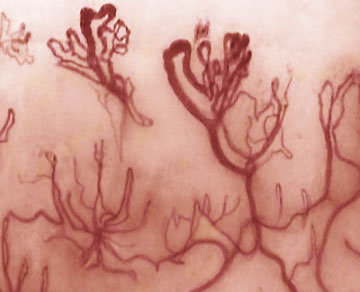
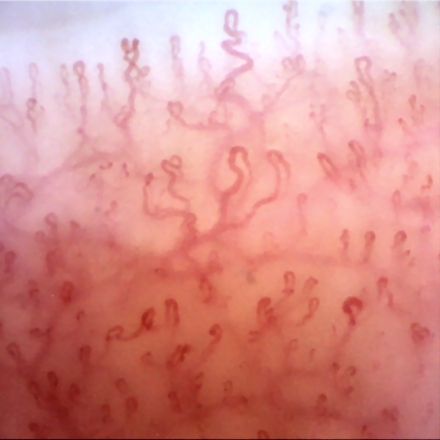
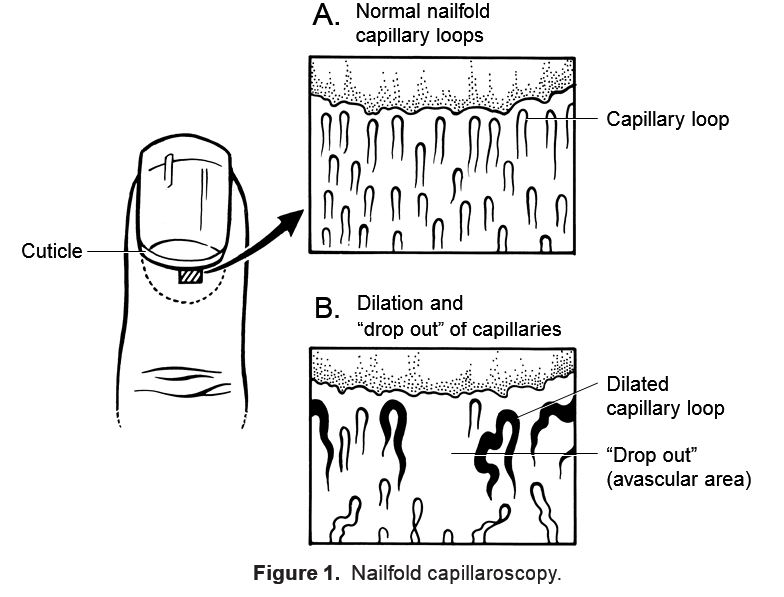
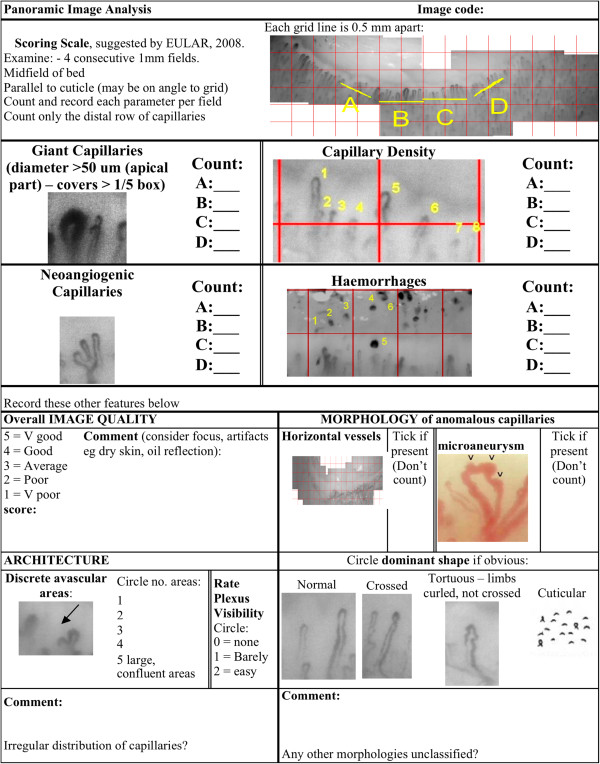
Related Items










